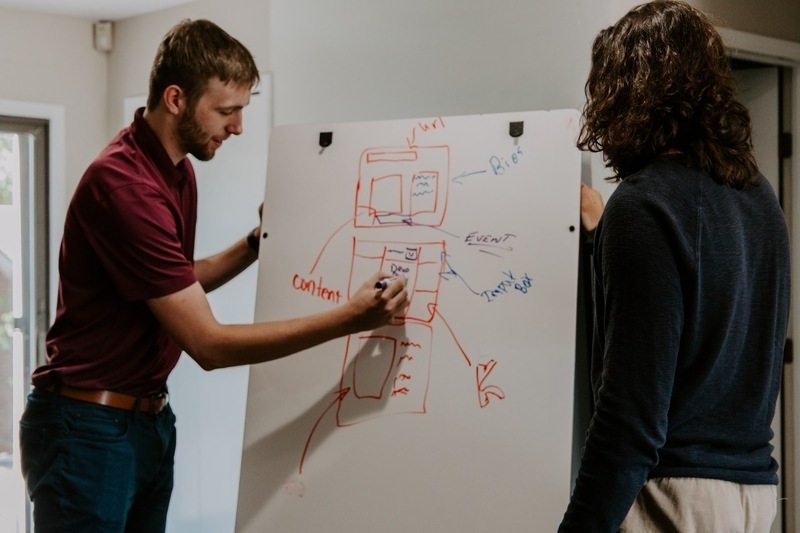
A Comprehensive Guide to Group Dynamics for HR
Group dynamics play a crucial role in human resources, influencing team performance and workplace culture. This article delves into their significance, providing insights and strategies for HR professionals to effectively leverage group dynamics for optimal team development.
Introduction to Group Dynamics
Group dynamics refer to the interactions and processes that take place among members in a team. These dynamics are essential in shaping team roles, influencing behavior, and determining the overall efficiency of the group.
Key Components of Group Dynamics
Key components include trust, communication, leadership, and roles. Implementing strategies to enhance these components can significantly improve the function of a group. Understanding these elements helps in structuring effective teams.
Benefits of Effective Group Dynamics
Effective group dynamics can lead to:
- Increased productivity and efficiency
- Improved problem-solving capabilities
- Higher employee satisfaction and retention
- Innovative approaches to challenges
Strategies for Enhancing Group Dynamics
To enhance group dynamics, HR professionals should focus on:
- Regular team-building activities
- Encouraging open communication
- Providing leadership opportunities
- Assessing and adapting roles within the team
Implementing Group Dynamics in HR Practices
Incorporating group dynamics into HR practices involves selecting the right team members for projects, nurturing team cohesion, and continuously monitoring team interactions to facilitate ongoing improvements.
Conclusão
Understanding and implementing group dynamics can transform team performance and foster a positive work environment. By following structured approaches, HR professionals can harness these dynamics to ensure productivity and harmony within teams, ultimately driving organizational success.






